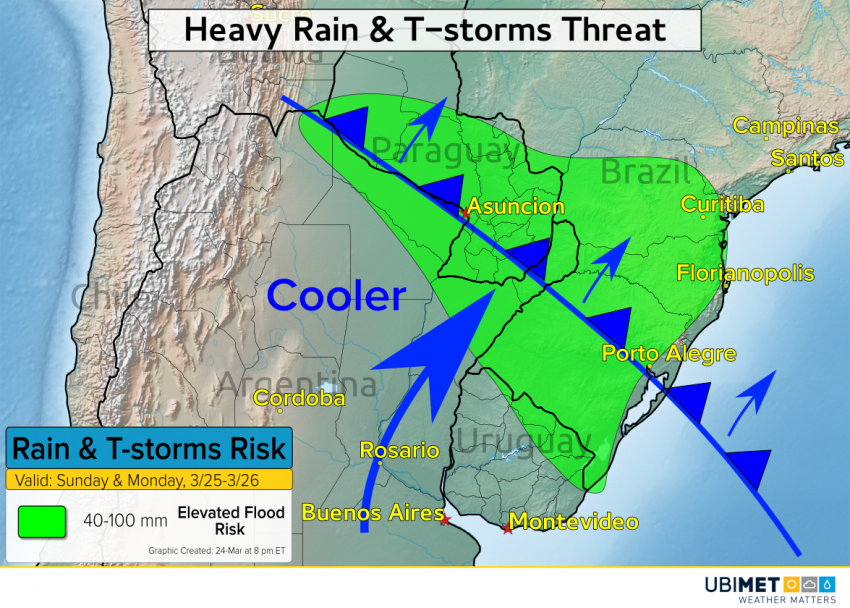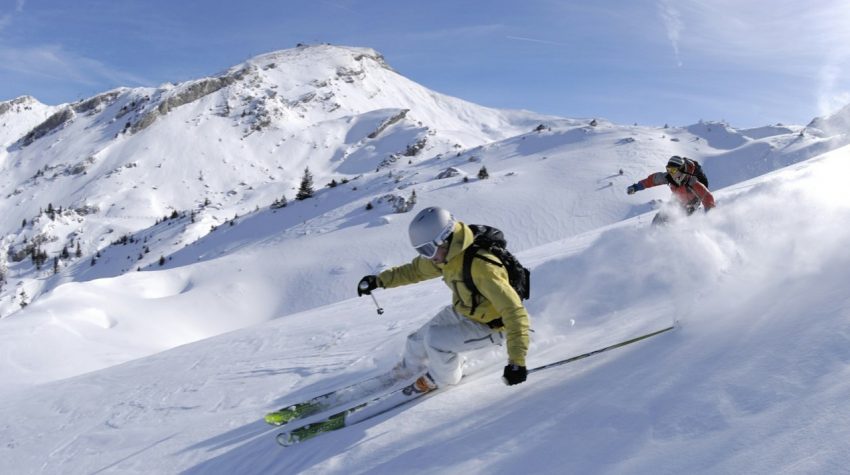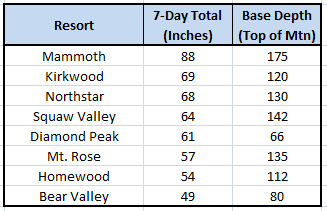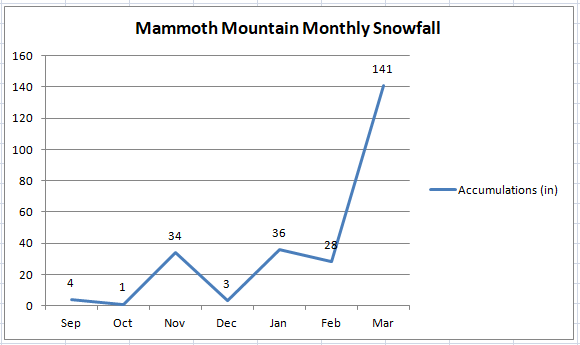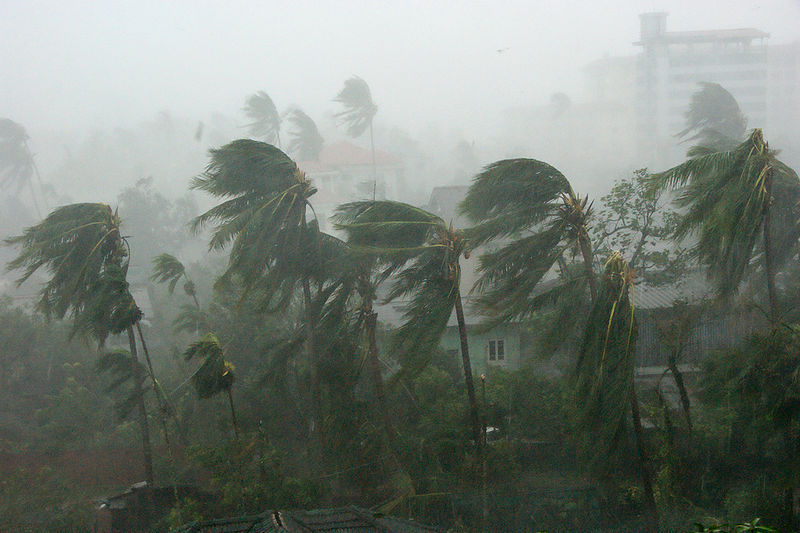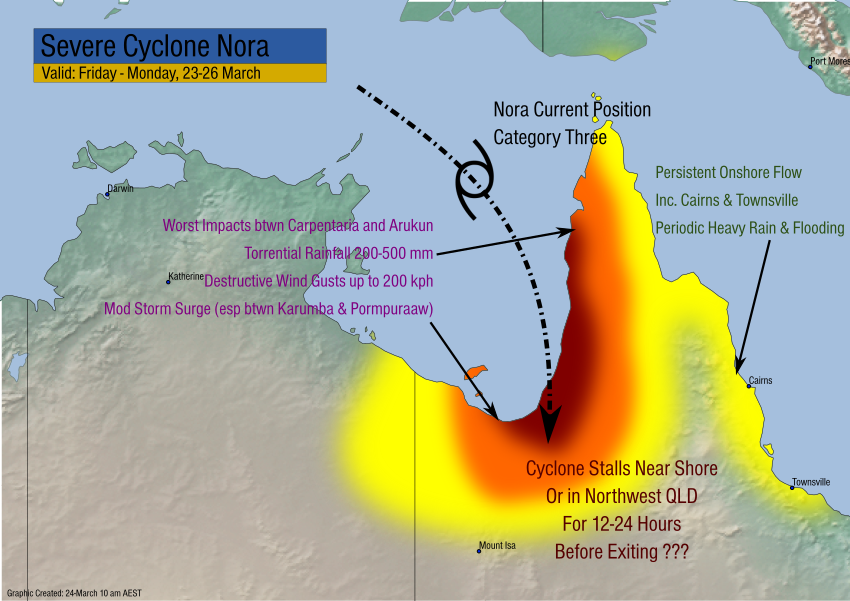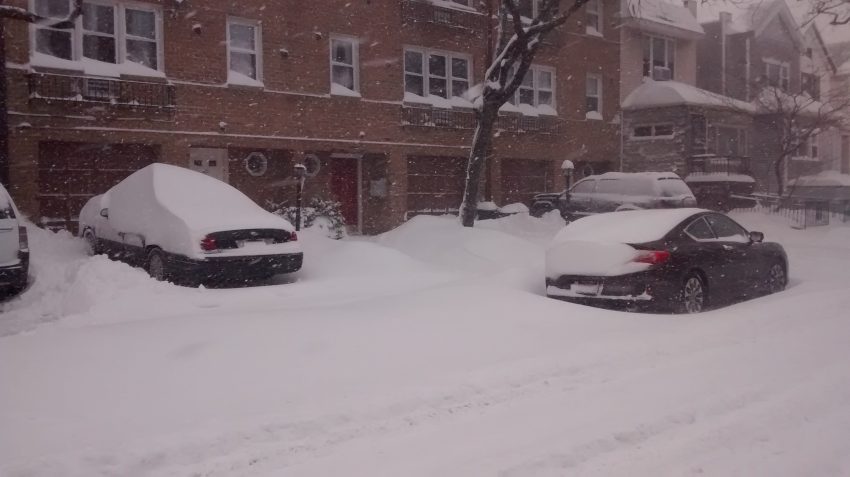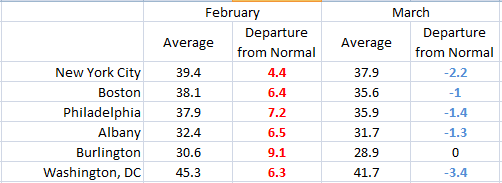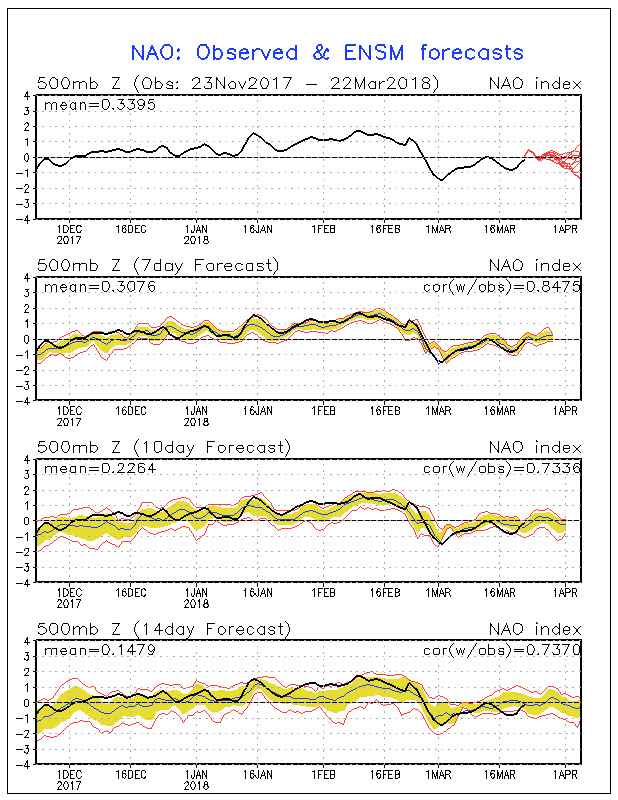Flooding Threat For Paraguay & Southern Brazil; Cooler Argentina
A powerful early fall cold front will bring a risk for flooding rain and storms to Paraguay and southern Brazil on Sunday into Monday. Behind the front, a blast of cool fall weather will move into Argentina.
The Setup For Heavy Rain
The cold front will push northward and run into an environment conducive for heavy precipitation on Sunday. Cities such as Asunción and Pelotas are at risk for over 50 mm of rain, which could lead to areas of flooding.
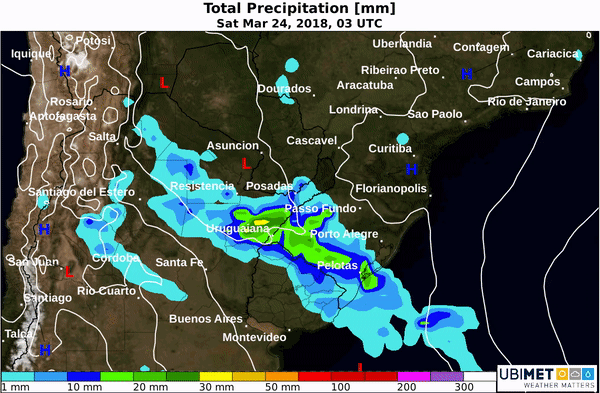
Additionally, thunderstorms will likely accompanying the frontal passage as it tracks across Paraguay and into Brazil. Widespread severe weather is not expected, however, some storms could bring damaging wind gusts.
Cooler Weather For Argentina and Uruguay
Behind the front, much cooler and drier weather is expected.
After 20-30 mm of rain in Buenos Aires on Saturday, it will dry out Sunday with high temperatures only reaching the mid to upper 10’s. The last time highs failed to reach 20°C in Buenos Aires was back on October 13th, 2017.
A similar cooling temperature trend is expected in Montevideo, Uruguay Sunday and continuing into Monday.
